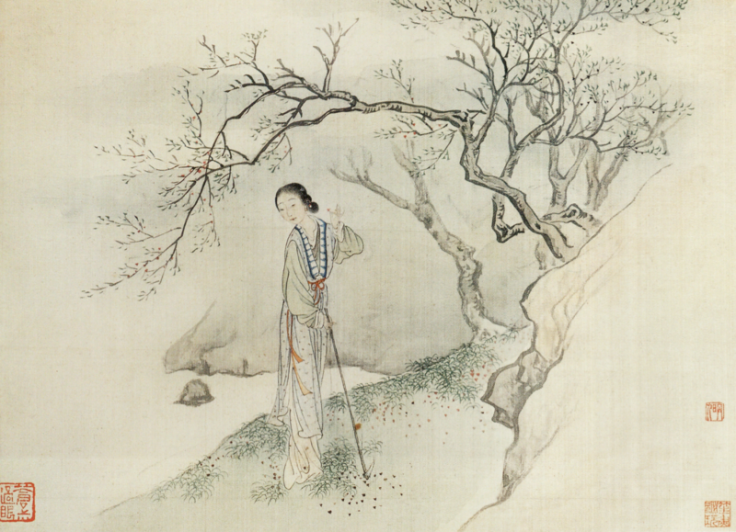The discovery of Chinese terracotta warriors is one of the greatest findings of the 20th century. It is a collection of terracotta sculptures depicting the armies of Chinese emperor Qin Shi Huang—the founder of the Qin dynasty. Now, with the help of technology, one of the warriors has been brought to life.
Hu Wengu, a Chinese coder and Indie game developer has created a new video where he used Artificial Intelligence to generate realistic moving faces of real and fictional figures in Chinese history. These characters were recreated based on images or paintings of the historic sculptures that impressed many netizens, even though some facial movements still appear wobbly and distorted.
AI Brought Them Back to Life

One of the figures, featured in the video which was uploaded in the Chinese video-sharing website, was a terracotta warrior from the huge collection of sculptures created in the Qin dynasty that was buried along with the Chinese emperor to protect him in his afterlife.
Wengu told media that to create the face of the warrior and make it look like real, he first used photoshop to replace the original metal-like face with color to make it look like human skin. Then the creator used Artbreeder—a website that can combine images using machine learning—to manipulate portraits and create a realistic face image of the terracotta warrior. He also made some adjustments and ran the image through the First-Order-Model algorithm to make an animation.
The Indie game developer said the success rate of making such videos was not very high. But he spent two months to create this almost four-minute-long video during his spare time.
From History
The video created by Wengu also portrayed the founding emperor of the Ming dynasty, Zhu Yuanzhang, and one of the principal characters of Cao Xueqin's classic 18th-century Chinese novel Dream of the Red Chamber, Lin Daiyu.
Many netizens who watched the video said that they were amazed after seeing the work of Wengu, while some of them had pointed out that the AI-restored Dauyu looks too beautiful from her original appearance that had deprived her the charm.

He also used synthetic media generating tools such as Stylegan-Art and Realistic-Neural-Talking-Head-Models. To make the video play smoothly, Wengu used the DAIN algorithm—the next-generation AI platform and specialized in addressing and solving AI problems—to add artificial frames, while Topaz Labs was used to sharpen the pictures.
However, Wengu was also behind a video, which went viral in China in May. It used AI to revive color to black-and-white footage of old Beijing. He said the inspiration to create the previous video and the recent one came from YouTuber Denis Shiryaev's work. The YouTuber had created videos where he turned Leonardo da Vinci's Mona Lisa and other famous paintings into what looked like moving images.









